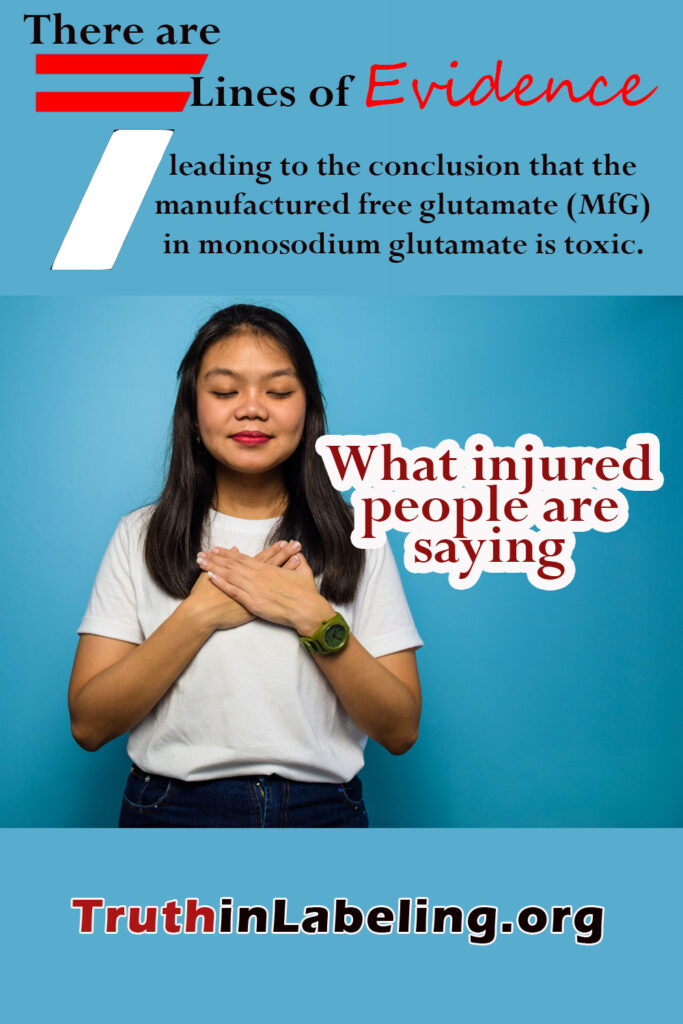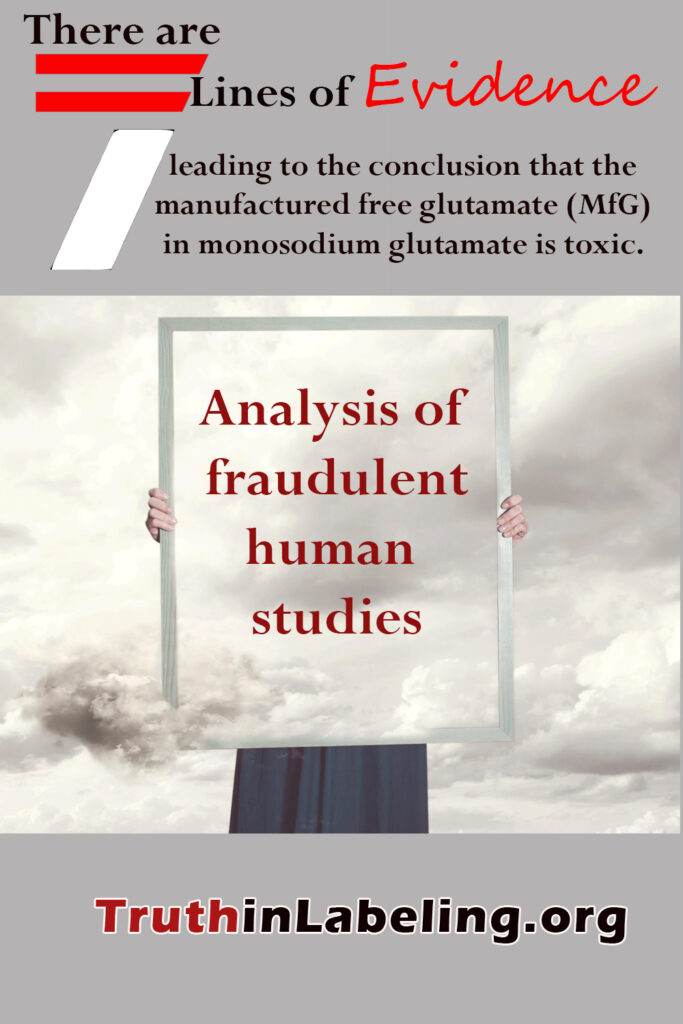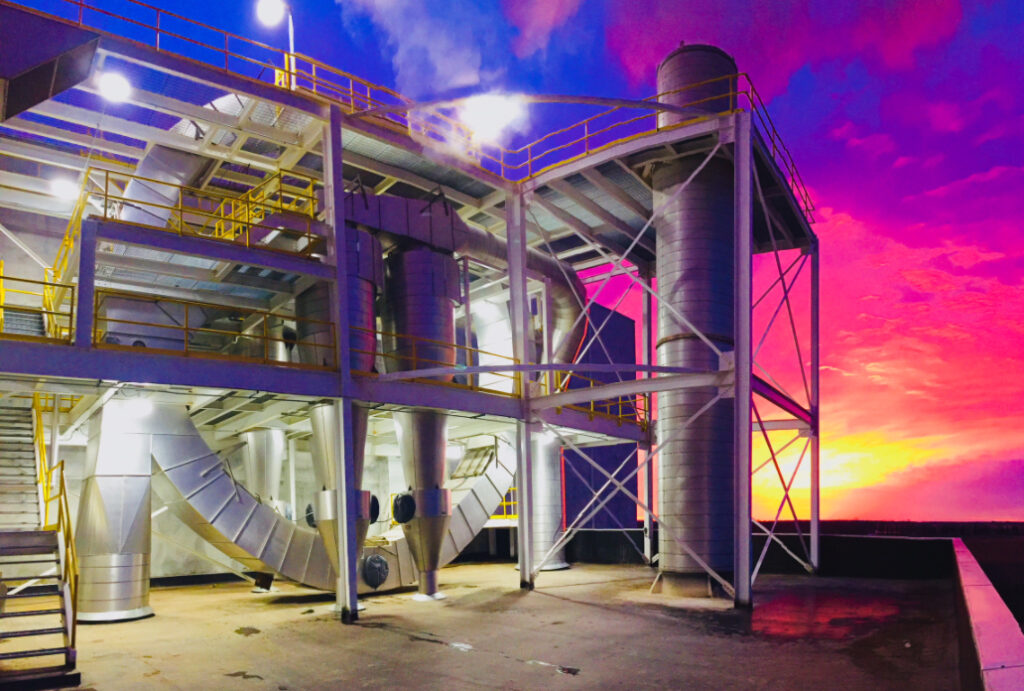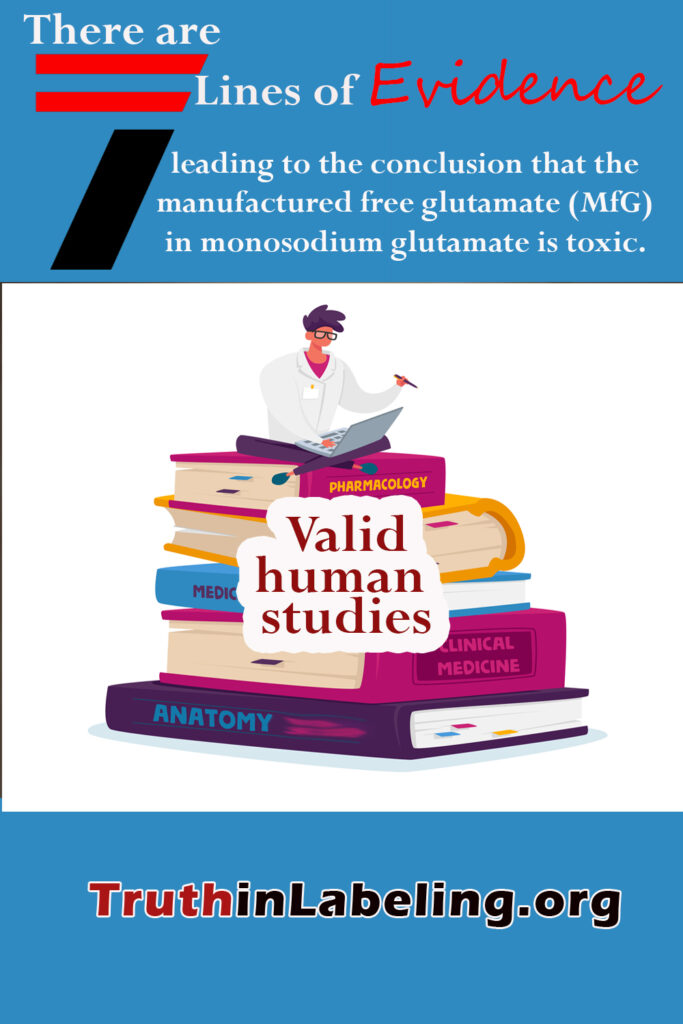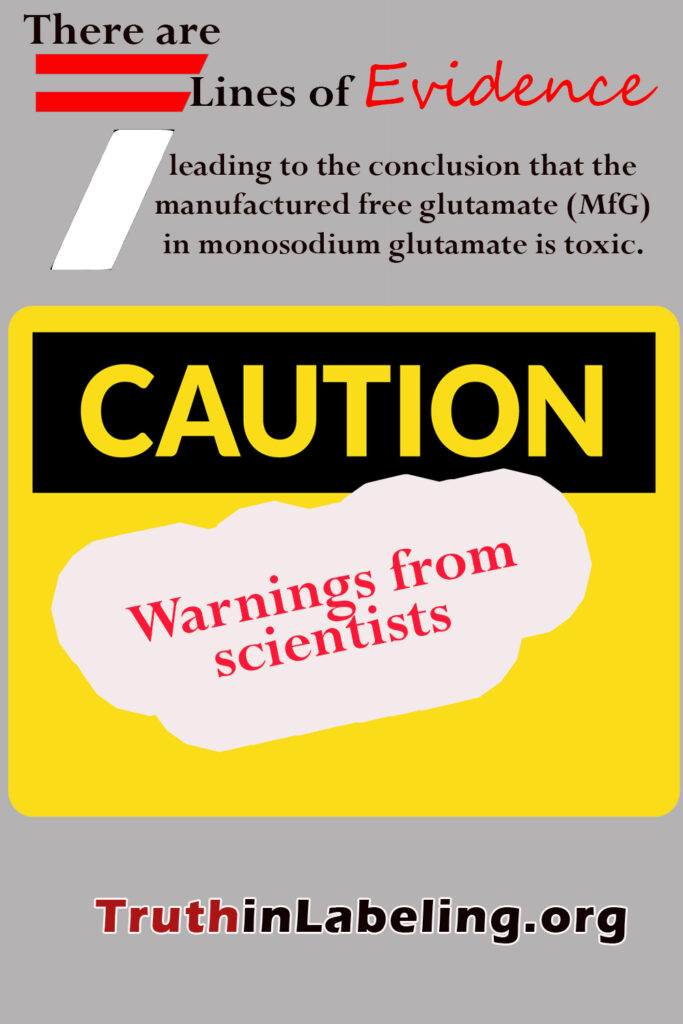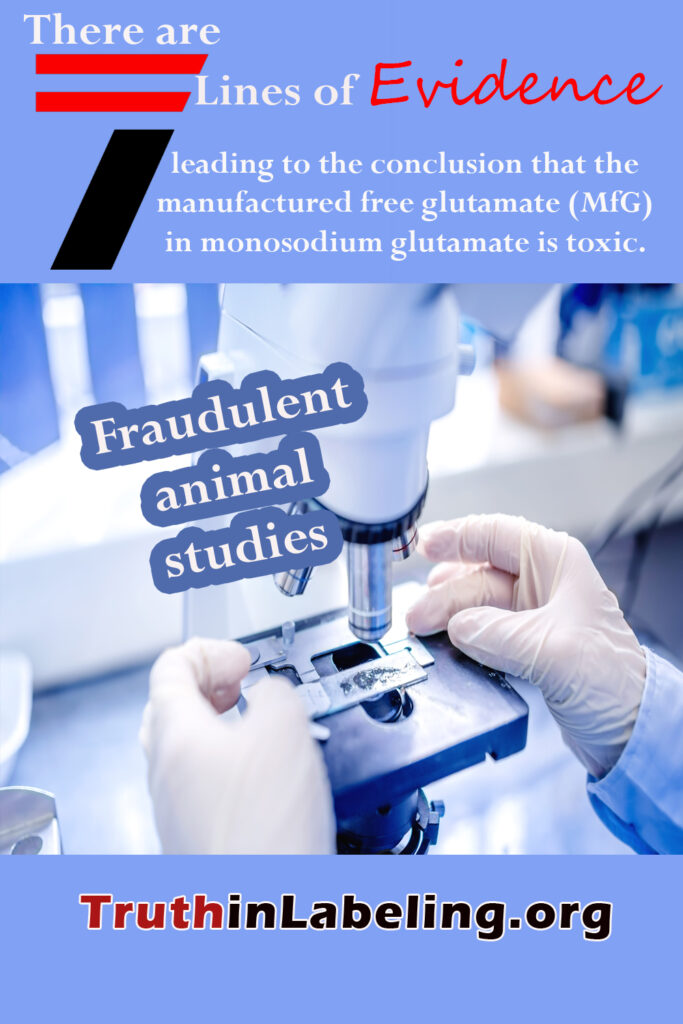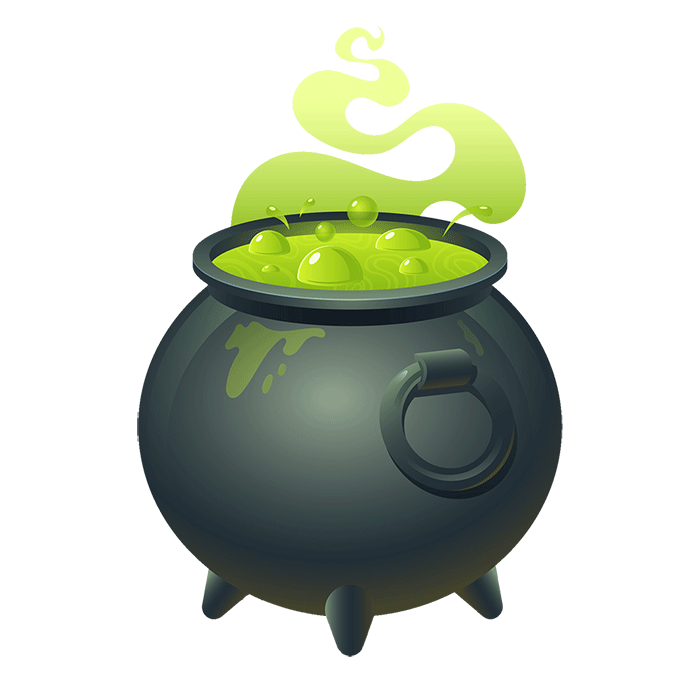What do you think it took to get Aaron Hutcherson, a Washington Post food writer of good reputation, to take a propaganda piece advertising a brain-damaging food additive, disguise it as a foodie article and submit it to the Post? And worse yet, have the Post print it.
This isn’t the first time the Post has hosted glutamate-industry propaganda. Caitlin Dewey authored Why Americans still avoid MSG, even though its ‘health effects’ have been debunked on March 20, 2018, and Becky Krystal, a staff reporter for Voraciously covering topics related to food did Embrace umami and learn to add its savory goodness to your foods on February 17, 2020.
Aaron Hutcherson’s article includes much of the standard glutamate-industry propaganda, starting with the statement that Chinese restaurant syndrome is blamed for MSG’s bad reputation. Predictably, that ignores the fact that after MSG and its free glutamate component were reinvented in 1957, people began having reactions after eating MSG and talking to each other about them. Kwok (the doctor who wrote the Chinese restaurant syndrome letter printed in The New England Journal of Medicine) wasn’t the only person who reacted to MSG, but the reactions of others weren’t published.
In the Hutcherson article there’s also the fiction that to react to MSG you have to consume more than 3 grams MSG without food (a fabrication based on the fact that once, in one study, subjects reacted to 3 grams of MSG without food).
Similarly, in studies with subjects said to be MSG-sensitive where they were given MSG or a placebo, the claim is made that scientists have not been able to consistently trigger reactions.
That was guaranteed by giving subjects “placebos” that contained amino acids that caused reactions identical to those caused by the glutamic acid in the MSG test material. In other words, the “placebos” weren’t really placebos.
Then there’s the bit about “The glutamate in MSG is chemically indistinguishable from glutamate present in food proteins. Our bodies ultimately metabolize both sources of glutamate in the same way.” That statement simply ignores the fact that the glutamate in MSG, being manufactured, comes with unwanted by-products of production which inevitably include D-glutamic acid and pyroglutamic acid along with other impurities depending on the materials used to feed the bacteria that produced the MSG and the extent of the processing. The glutamate present on food proteins has none of that.
And of course, there is the brainwashing component of the article, where celebrity chefs applaud MSG’s use, and feel-good words and images are paired with “delicious” MSG.
But Hutcherson also does something just a tad different. Most propaganda pieces say something about the so-called “alleged” dangers of MSG, but Hutcherson doesn’t. So, I’d like to introduce you to the series of blogs that the Truth in Labeling Campaign is doing titled “There are seven lines of evidence leading to the conclusion that the manufactured free glutamate (MfG) in monosodium glutamate is toxic.” The “Overview” was posted on August 24 and “Line 1” was posted on August 26. You can read them at https://bit.ly/3DqyS51 and https://bit.ly/3sUty5g respectively. And there will be more to follow.
Do you think there’s a chance that the Washington Post would even mention those articles? Not since the 1991 60 Minutes program on toxic MSG has any major media in the U.S. even suggested that MSG might be anything other than a harmless food additive.
If you have questions or comments, we’d love to hear from you. If you have hints for others on how to avoid exposure to MfG, send them along, too, and we’ll put them up on Facebook. Or you can reach us at questionsaboutmsg@gmail.com and follow us on Twitter @truthlabeling.




